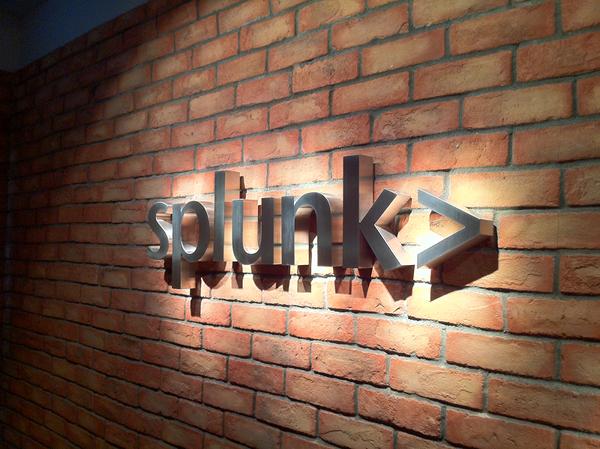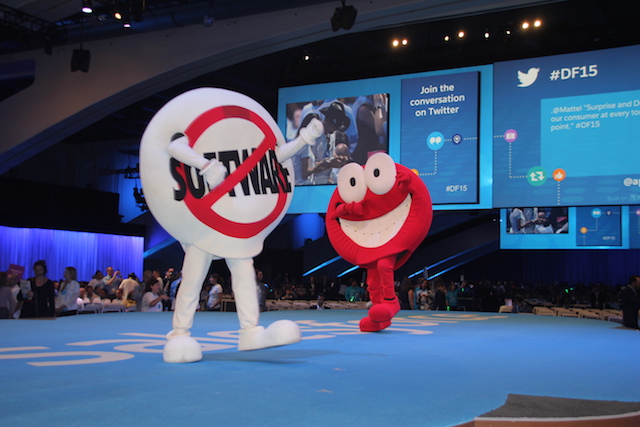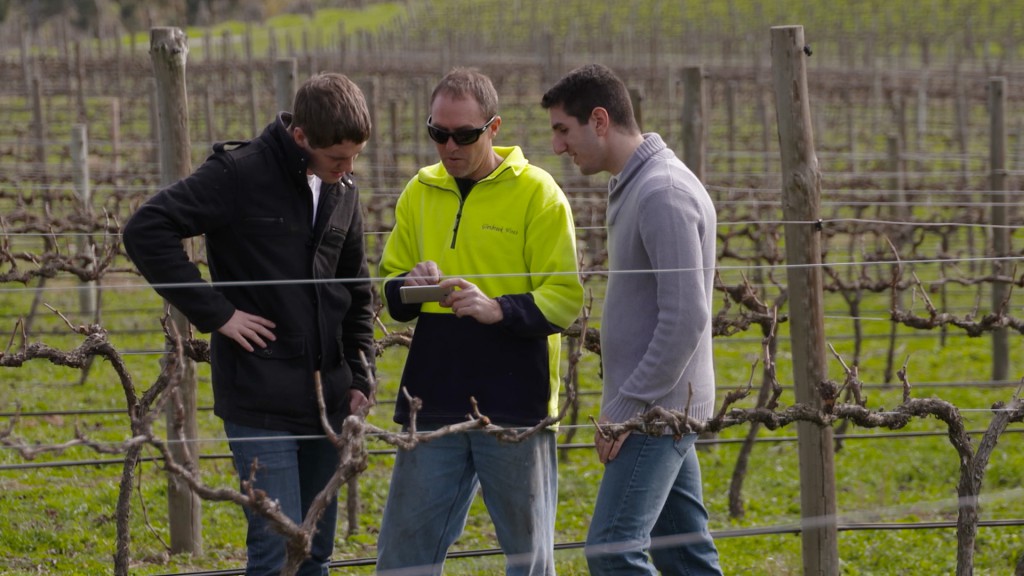Management is going to become flatter and organisations more transparent as the physical and the digital start to become start to merge says Splunk’s CTO Snehal Antani.
Antani, who was appointed the company’s CTO in May was previously CIO for multiple divisions of GE Capital and before that numerous IT strategy and technology roles at IBM. He spoke to Decoding the New Economy at last week’s Splunk.conf in Las Vegas.
“It’s an opportunity to change organisational structure,” Antani says in regards to how data analytics is changing business. “Transparency across managers allows me to see quantitatively and qualitatively”
An age of transparent data
“Everyone has access to the data so the question becomes ‘what decision do we need to make?“ He claims, “transparency really transforms the management style and culture of an organisation. It gets rid of middle managers trying to massage the message and allows me to be the leader.”
While at GE, Antani put this transparency into action with a serious of real time indicators to hold staff and contractors to account. “I was tired, as a CIO, of middle managers showing me status reports with every box was green.”
“For my software development process I’d built a fully instrumented continuous delivery process. When a developer checks in code, I run a fully automated set off steps and a developer would get immediate feedback. In real time I could tell you who were the best developers.”
“I could pit my vendors up against each other,” “the cute thing there was transparency. Everyone had access to that data so we got out of Powerpoint into real time dashboards.”
Moving IT from the back office
That access to technology changes the role of the IT department, Atani believes. “We’ve evolved IT from a being a back office function to being a core part of the value they deliver to their customers,” he says. “In the past, when IT walked into the room people assumed they were there to fix the projector.
This changing role is where he sees opportunities for his current company, “one of the really cool things about Splunk is that it’s a very versatile technology platform. So we were never prescriptive about up front about we were never going to solve a healthcare problem or we were going to solve a financial services problem. Our customers discovered they could apply Splunk to solve these problems”
“We’re equally amazed as we never envisioned how the product would be used. We’re seeing really amazing use cases across health care, financial services and it’s really interesting to see how partners’ uses have evolved over the last few years.”
Data changing management
For companies though this means a change in the way of doing business, which can challenge management, “In order for an organization to move at market speed you have to be able to respond fast and transparency is absolutely critical to management.”
A flatter, more transparent workplace means a radical change to the way many companies manage their organisation. It’s one of the challenges facing the modern business as we enter an age of almost unlimited data.
Paul travelled to Splunk.conf in San Francisco as a guest of Splunk




